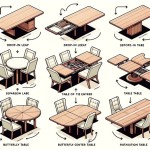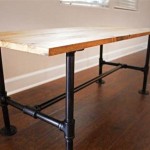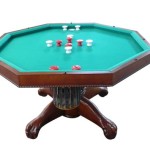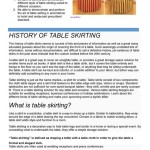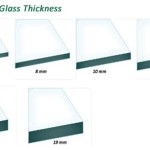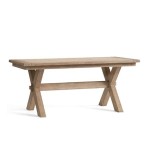Single Pleat Table Skirting: A Step-by-Step Guide
Table skirting adds elegance and sophistication to any event, whether it's a formal dinner party, a wedding reception, or a corporate gathering. Single pleat table skirting is a classic choice for its simplicity and versatility. This type of skirting features a single, evenly spaced vertical pleat along the length of the fabric, creating a clean and refined look. This guide will provide a comprehensive step-by-step explanation of how to create single pleat table skirting, covering everything from materials and measurements to the pleating process itself.
1. Gathering Supplies and Measurements
Before starting, gather the necessary supplies:
- Fabric (consider the desired length and width of the skirt, taking into account the table's dimensions and desired drape)
- Measuring tape
- Scissors
- Sewing machine or needle and thread
- Iron and ironing board
- Safety pins (optional)
- Fabric clips (optional)
Next, take accurate measurements:
- Table circumference: Measure the distance around the table top. Add 2 to 3 inches for seam allowances.
- Desired skirt length: Determine the desired length of the skirting. Measure from the table top to the floor, adding an additional 2 to 3 inches for hem allowance.
- Pleat width: Decide on the width of the pleats. A standard width is 3 to 4 inches.
2. Cutting and Preparing the Fabric
Now, cut the fabric according to your measurements. First, calculate the total fabric width needed:
Total Fabric Width = Table Circumference + (Pleat Width x Number of Pleats) + Seam Allowances.
For example, if the table circumference is 60 inches, the pleat width is 4 inches, and you want five pleats, the calculation would be: 60 + (4 x 5) + 3 = 83 inches.
Cut the fabric to the length you determined earlier, including seam allowances. Additionally, cut a strip of fabric for the hem, which should be about 2 inches wide and the length of the table circumference.
Iron the fabric to remove wrinkles and ensure smooth pleats. Prepare the hem strip by folding it in half lengthwise and pressing. This will make the hem secure and neat.
3. Creating the Pleats
This is the core of the single pleat skirting process. To ensure consistent pleats, use a ruler or marking tool to create guidelines on the fabric. The distance between these guidelines will correspond to the pleat width.
Fold the fabric at each guideline, creating vertical single pleats. Pin or clip the pleats in place to maintain their shape. Once all the pleats are formed, sew them in place along the top edge of the fabric. This will secure the pleats permanently.
4. Completing the Skirting
With the pleats sewn, the next step is to create the hem. Fold the hem strip over the raw edge of the skirting, aligning the raw edges. Pin or clip the hem strip in place, ensuring it sits evenly around the entire skirt. Sew the hem strip to the skirt, using a straight stitch for a clean finish.
Finally, remove any pins or clips and press the skirting again for a crisp and polished look. It is advisable to try the skirting on the table before attaching it. This allows for any necessary adjustments to be made before it is attached to the table.
Single pleat table skirting offers a timeless and elegant way to enhance the appearance of any table. It is a versatile choice for both formal and casual events. By following the detailed steps outlined in this guide, you can successfully create single pleat table skirting that will leave a lasting impression.

White Single Pleats Table Skirting Easy And Simple Designed

Single Pleats And Arrow Basic Table Skirting Tutorial Rex Montalbo

Table Skirting Single Pleats

Table Skirting Single Pleats For The Beginners

Single Pleats Design For The Beginners Table Skirting Tutorial

Box Pleats Table Skirting Basic

Table Skirting Single Pleats With Three Diffe Designs Tutorial

Table Skirting Single Pleats With Scallop Design Simple Decoration Tutorial Basicpleats

3 Basic Table Skirting Design Step By Tutorial Rex Montalbo

Table Skirting Tips How To Pin Basic Pleats Single Knihfe Box Flower Design


